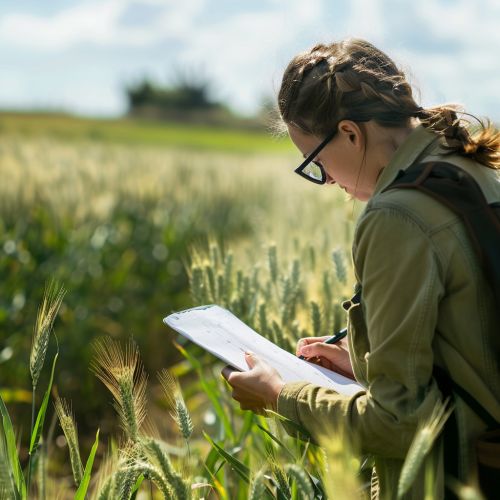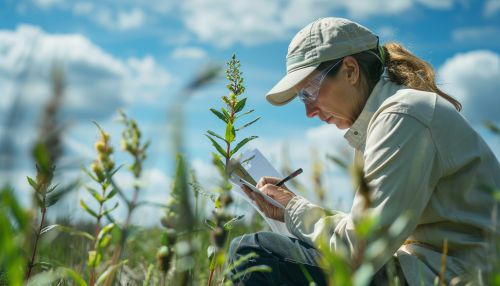Phenology
Introduction
Phenology is the scientific study of periodic biological phenomena, such as flowering, breeding, and migration, in relation to climatic conditions. It is a vital discipline in ecology, meteorology, and agriculture, providing insights into the intricate relationships between organisms and their environment.


History
The term "phenology" comes from the Greek words "phainō" (to show or appear) and "logia" (the study of). The concept has been around since ancient times, with early agricultural societies observing and recording the seasonal changes in plants and animals to guide farming practices. However, the formal study of phenology began in the 18th century with Swedish botanist Carl Linnaeus's pioneering work.
Principles of Phenology
Phenology focuses on the timing of biological events and how these are influenced by seasonal and interannual variations in climate. Phenological events are often used as proxies for larger ecological changes. For instance, the timing of cherry blossoms' bloom can indicate the onset of spring.
Phenological Events
Phenological events can be categorized into two main types: plant phenology and animal phenology.
Plant Phenology
Plant phenology involves the study of the timing of events in the life cycle of plants, such as budding, flowering, fruiting, and leaf fall. These events are heavily influenced by environmental factors like temperature, precipitation, and daylight length.
Animal Phenology
Animal phenology, on the other hand, involves the study of the timing of animal life cycle events, such as migration, hibernation, reproduction, and molting. These events are also influenced by environmental factors, but can also be affected by the phenology of other species, particularly their food sources.
Phenology and Climate Change
Phenology plays a crucial role in understanding the impacts of climate change on ecosystems. Changes in the timing of phenological events can have cascading effects on ecosystems, affecting biodiversity, food webs, and ecosystem services.


Phenological Data Collection and Analysis
Phenological data can be collected through various methods, including direct observation, remote sensing, and citizen science. The analysis of this data can provide valuable insights into ecological processes and can inform conservation and management strategies.
Applications of Phenology
Phenology has numerous applications in various fields. In agriculture, phenological models can help predict crop yields and guide planting schedules. In ecology, phenological data can be used to monitor biodiversity and assess the impacts of climate change. In human health, understanding the phenology of disease vectors can help predict disease outbreaks.
Conclusion
Phenology, as a discipline, offers valuable insights into the complex interplay between organisms and their environment. As climate change continues to alter global ecosystems, the importance of phenology in understanding and mitigating these impacts cannot be overstated.
